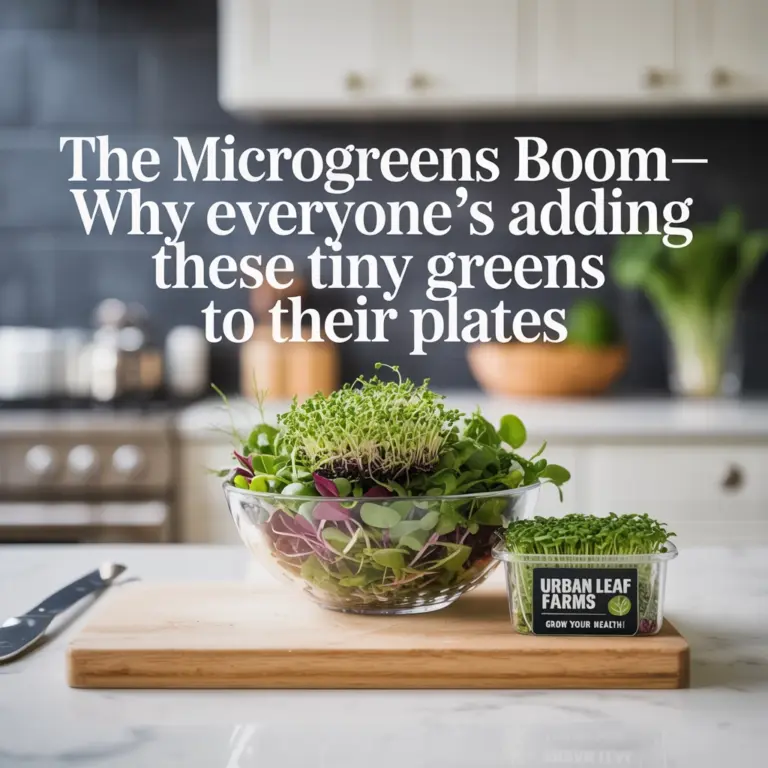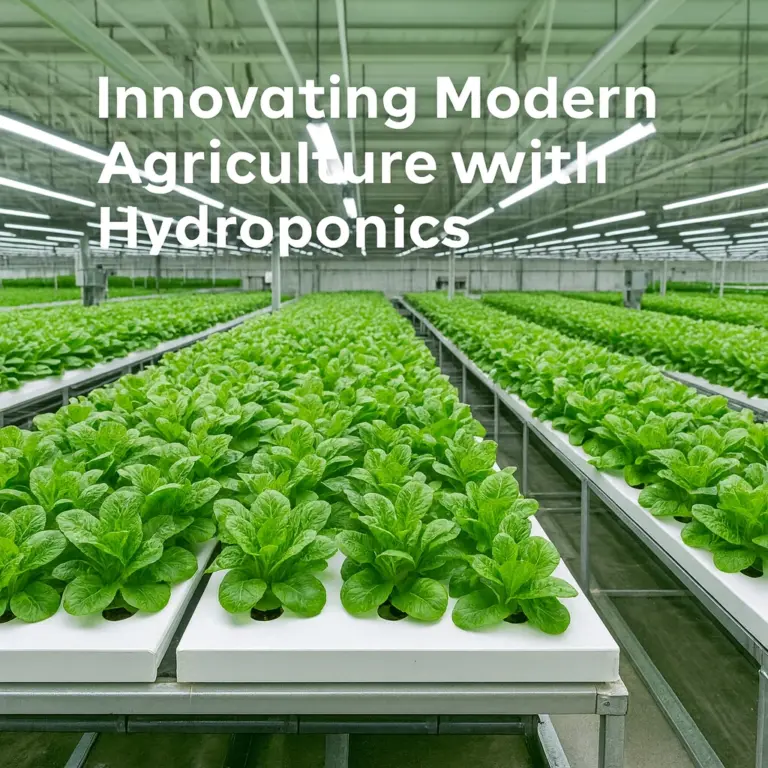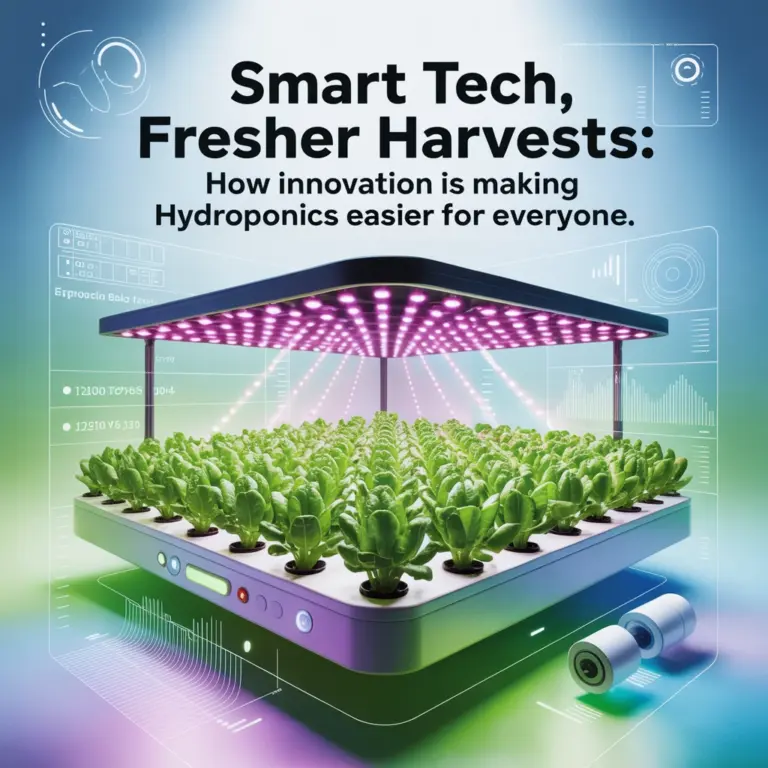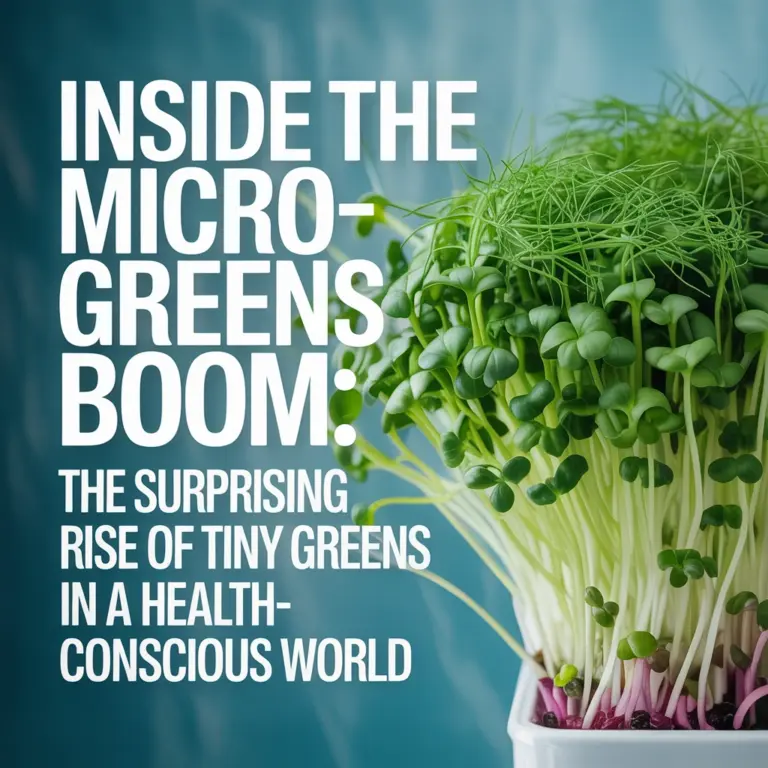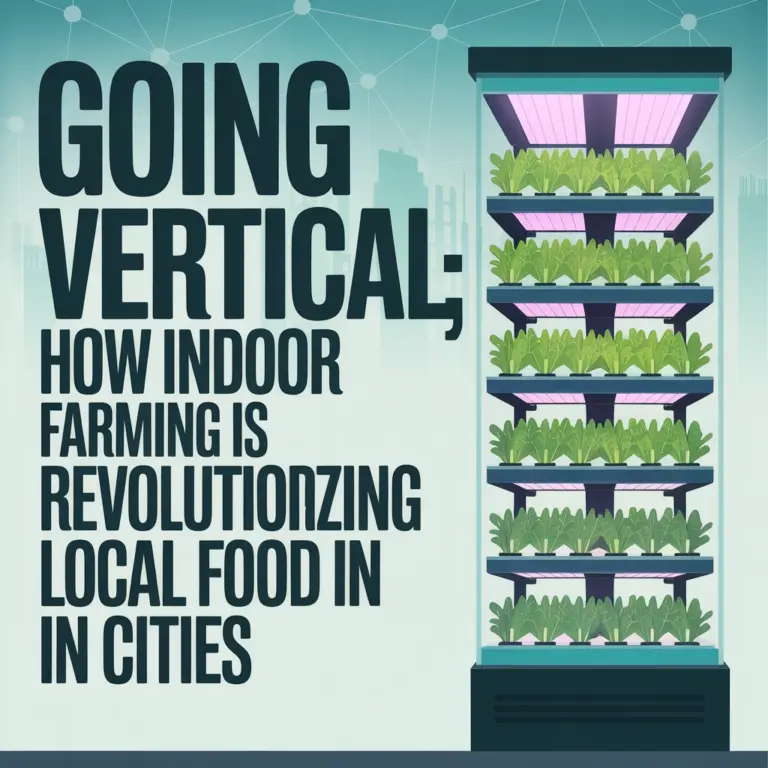How Local Hydroponic Farms Are Changing the Way Restaurants Serve Greens
Local hydroponic farms are reshaping the culinary landscape, ushering in a new era where restaurants can serve the freshest possible greens, harvested mere hours—or even minutes—before they’re enjoyed by guests. The wave of hyper-local farming isn’t just about freshness, though; it’s creating ripple effects that impact restaurant operations, sustainability efforts, and entire communities.
The Hyper-Local Farm-to-Table Revolution
Let’s start with a visual: imagine walking into a restaurant and seeing a lush wall of lettuces, herbs, and microgreens growing just behind the kitchen. That’s reality at places like Neon Greens in St. Louis, where hydroponic growing racks are literally next door to the kitchen. Diners bite into salads made with greens harvested that very day, right beside where they dine[1].
This ultra-local approach flips the script on farm-to-table. Instead of waiting for greens to be trucked cross-country, losing flavor and nutrients along the way, hydroponics ensures a harvest that’s as close to “living” as possible. The result? Flavors are brighter, textures are crisper, and chefs can riff on the day’s freshest picks every single service.
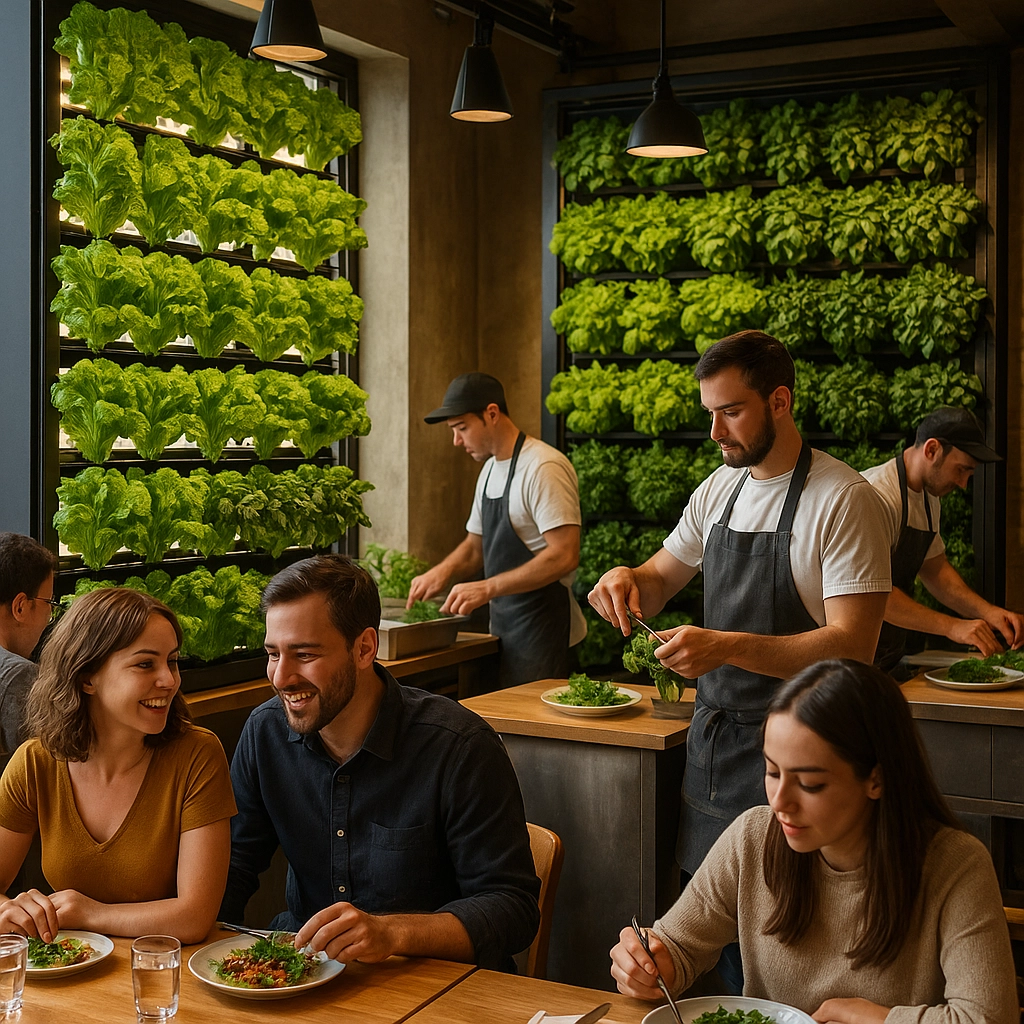
Why Hydroponics Works for Restaurants
Hydroponic systems are a natural fit for chefs and restaurant owners who want full control over their produce. By using nutrient-rich, water-based growing techniques indoors, restaurants can sidestep the headaches of weather, pests, and seasonality.
Key benefits include:
- Year-Round Harvests: No need to stress over weather patterns or growing seasons. Whether it’s the dead of winter or peak summer heat, greens keep growing[2].
- Compact Footprints: Hydroponic racks go vertical, producing more food per square foot than traditional gardens. That means top-quality greens can be grown in basements, rooftops, or even dining rooms in the heart of the city[4].
- Consistent Quality: Controlled environments produce consistent flavors and textures—no more limp lettuce or surprise bitter herbs.
For busy kitchens, this means rocksteady supply, less waste, and menu creativity that isn’t boxed in by what’s shipping in from far-off farms.
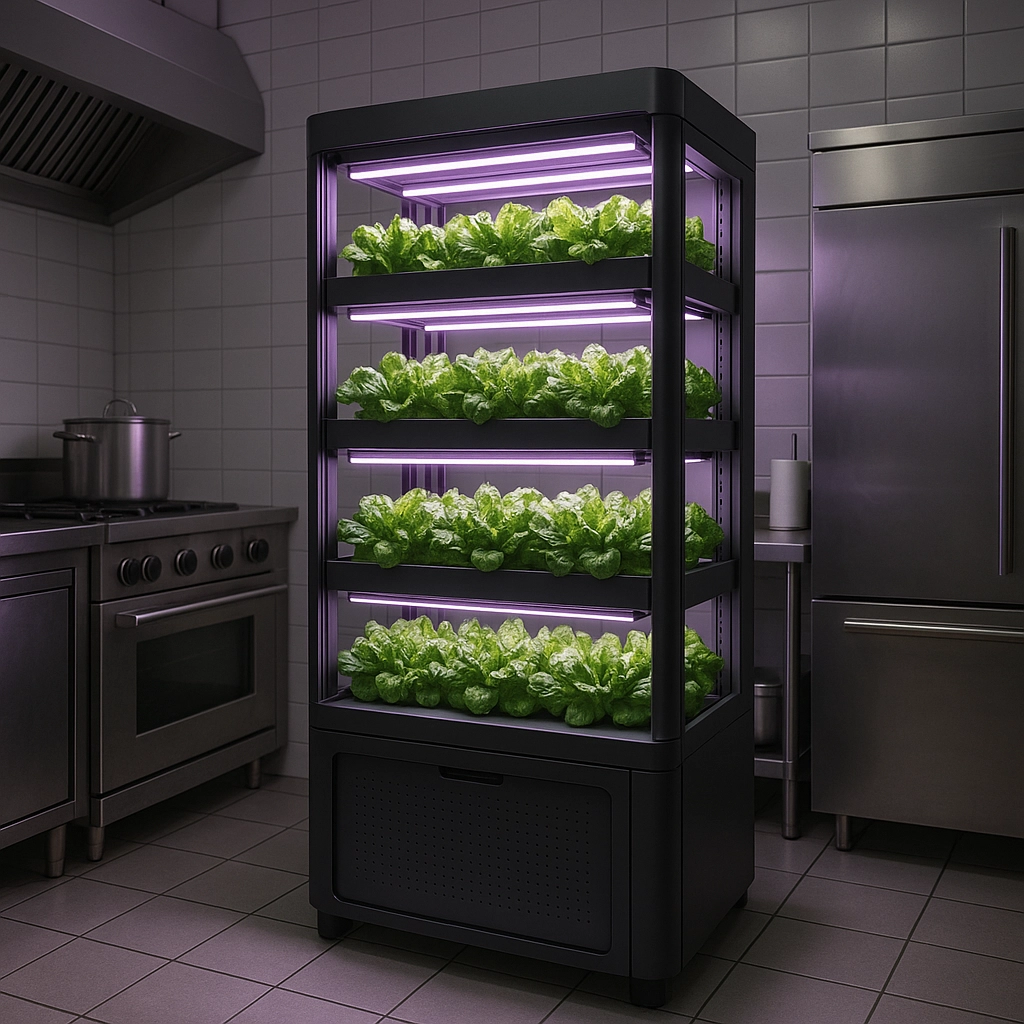
Sustainability: Good for the Plate and the Planet
Hydroponic farming isn’t only about restaurant margins. There’s a powerful environmental story, too. With water usage slashed by up to 90% compared to field farming, and no need for chemical pesticides or herbicides, these urban farms offer a cleaner, greener alternative that’s winning over eco-conscious diners[2].
Facilities like GeoGreens in New Jersey have built their identity around sustainability, running as close to zero-waste as possible[3]. The absence of soil cuts down on runoff and soil depletion, while highly efficient LED lighting and recirculating water systems keep resource consumption to a minimum.
It’s a win-win: diners get fresher meals and a story they can feel good about, while restaurants benefit from leaner, greener sourcing.
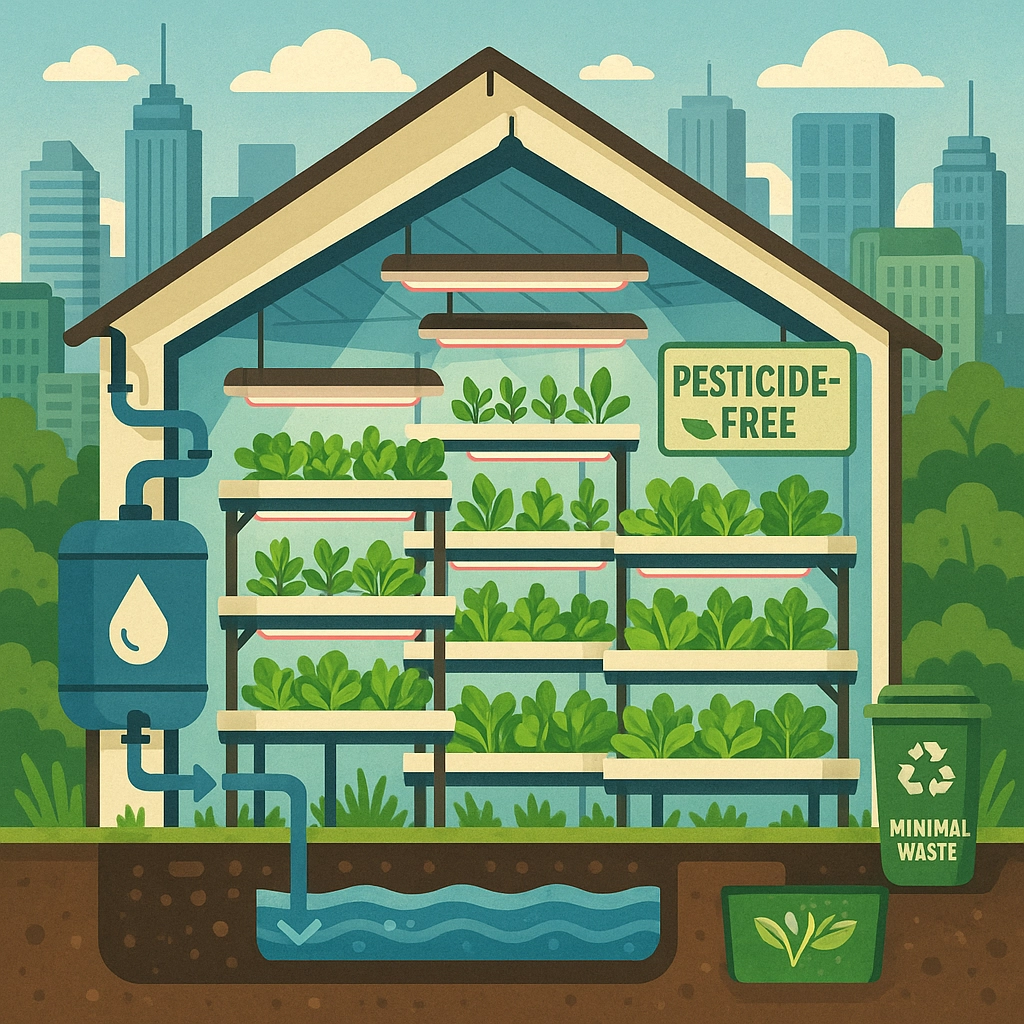
Real-Life Success Stories
Examples of hydroponics transforming restaurant service are popping up across the world:
- Neon Greens, St. Louis: Their hydroponic system is integrated at the restaurant site, letting them harvest greens minutes before plating. Owner Josh Smith calls it a dedication to “the freshest salad you’ve ever had in your entire life”[1].
- GeoGreens, New Jersey: This indoor hydroponic farm supplies not just restaurants but also food banks, schools, and community programs, showing how urban farming can bridge gaps in food access and health[3].
- Gather, San Francisco, and Roe Restaurant, UK: Both have adopted vertical farming systems, providing a steady stream of rare herbs and greens perfectly tailored to their seasonal menus[4].
- Le Perchoir, Paris: Taking urban farming to the rooftops, they collaborate with Nature Urbaine to serve rooftop-grown greens, edible flowers, and herbs at one of the city’s hottest dining destinations[4].
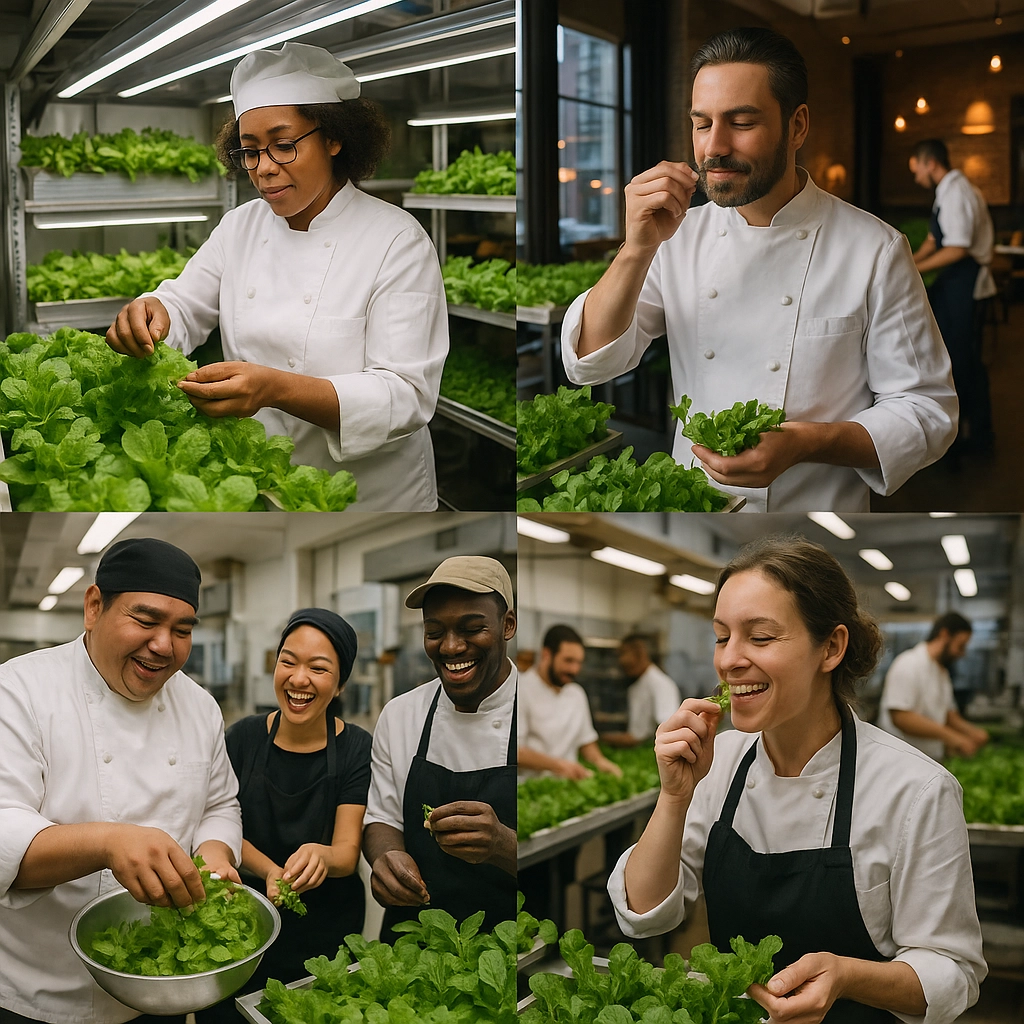
New Business Models and Partnerships
Restaurants are innovating with how hydroponics fits their operations. Some install growing racks right on premise; others create strategic partnerships with local hydroponic farms. Gotham Greens, for instance, teams up with restaurants and grocers by bringing large-scale, city-based greenhouses close to end users[5].
Hydroponics’ agility means it works for everything from fine dining rooms to community kitchens, cafes, and schools. These flexible business models help make urban farming economically sustainable while reaching a diverse range of customers—from high-end chefs chasing unique flavors to organizations focused on tackling food insecurity[3].
Beyond Restaurants: Serving the Community
While restaurant supply remains a core business for many hydroponic farms, their community impact is growing rapidly. Farms like GeoGreens supply not only restaurants and supermarkets but also hospitals, soup kitchens, assisted living centers, and even schools[3]. These setups make it possible to get nutrient-rich, highly perishable greens into places that have historically relied on lower-quality, long-haul produce.
This adds up to a food ecosystem that’s more resilient, inclusive, and responsive to local needs—all while supporting restaurant creativity and agility.
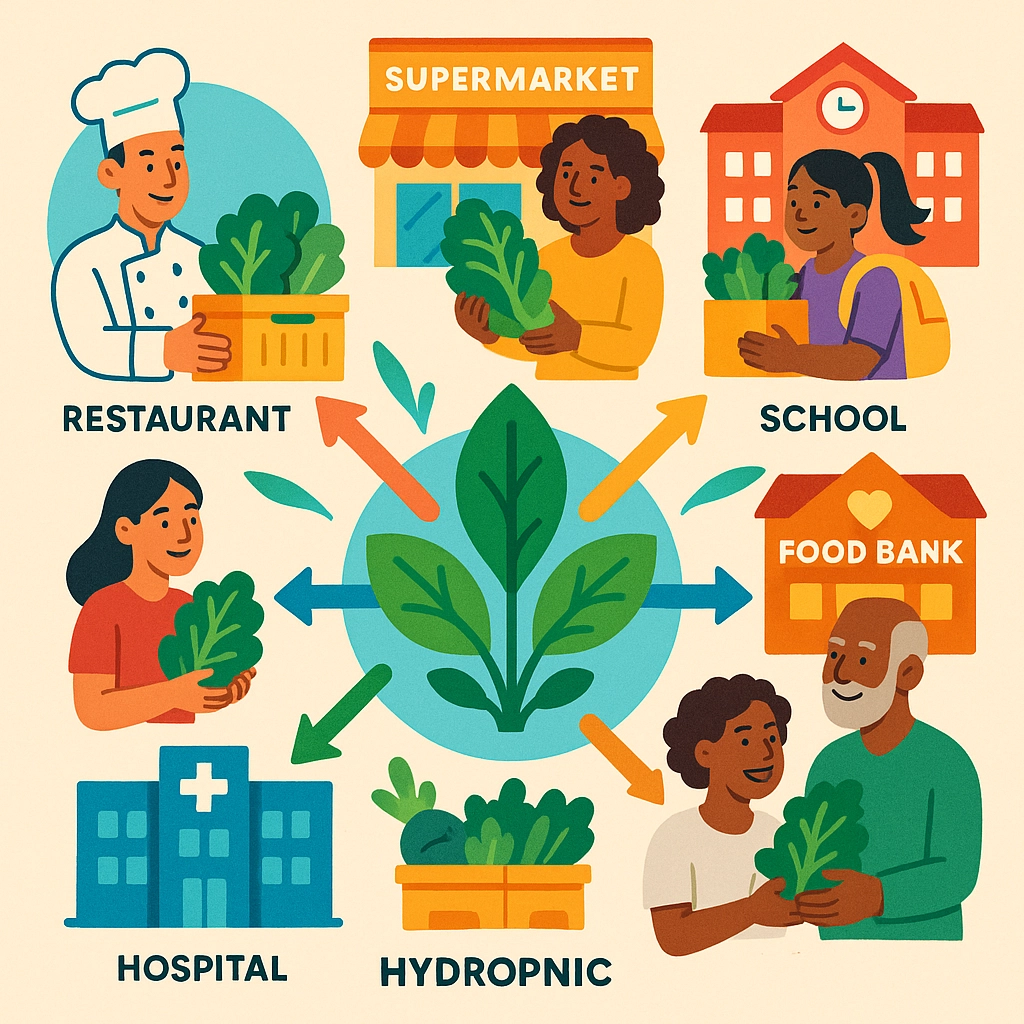
Quality, Speed, and Menu Magic
Chefs have never been so close to their greens. Thanks to hydroponics, they can select varieties for specific flavors, textures, and looks. Imagine a chef wanting a spicy microgreen or a visually striking lettuce—hydroponic setups let them grow whatever fits their vision, no matter the season.
Because hydroponic greens are harvested moments before hitting the plate, nutritional value is retained at its peak. The result is greens that look vibrant, crunch beautifully, and taste the way nature intended.
The Future: Hyper-Local Is Here to Stay
Hydroponics isn’t a passing fad—it’s fast becoming the backbone of the modern farm-to-table movement. By shrinking the supply chain, boosting quality, and embracing sustainable practices, local hydroponic farms aren’t just changing how restaurants serve greens—they’re redefining what “fresh” really means.
As more chefs and communities invest in hydroponics, expect menus packed with bold flavors, vibrant colors, and a story that starts just steps from the dining table.
References:
[1] Neon Greens, July 2024
[2] “Hydroponics Revolutionizes Restaurant Menus,” June 2024
[3] GeoGreens, Hamilton, NJ, January 2025
[4] “Vertical Farming for Restaurants: Case Studies,” March 2025
[5] Gotham Greens, April 2025
